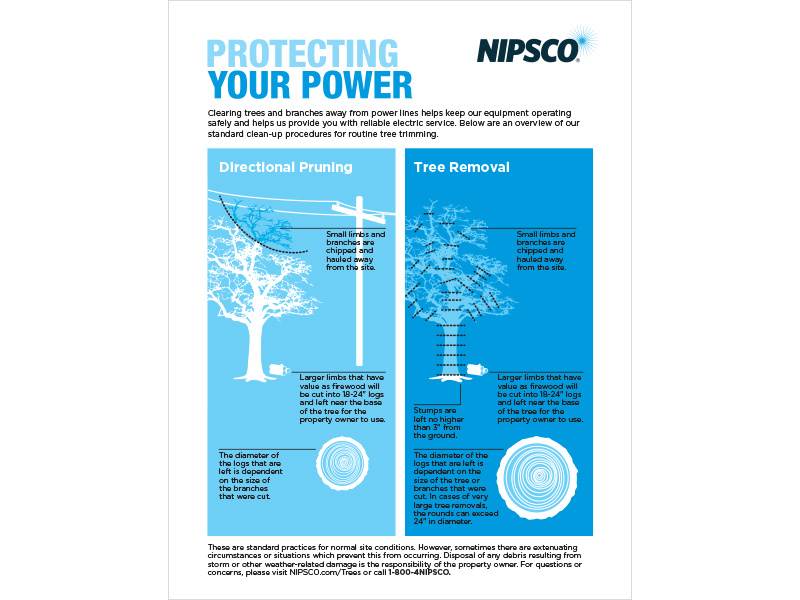Following Tree Elimination, It Is Crucial To Look After Your Landscape To Guarantee Its Reconstruction; Discover The Necessary Steps To Renew Your Location And Avoid Future Difficulties
Following Tree Elimination, It Is Crucial To Look After Your Landscape To Guarantee Its Reconstruction; Discover The Necessary Steps To Renew Your Location And Avoid Future Difficulties
Blog Article
Material Author-Graham Leblanc
After a tree's removal, your landscape may look fairly different, and it's essential to evaluate the consequences meticulously. Tree Trimming Jobs Near Me 'll intend to assess the soil disruption and check bordering plants for any kind of indicators of tension. Neglecting these factors can result in bigger issues down the line. So, what should you make with those stumps and roots? And just how do you select the very best plants for your revitalized space? Let's discover these crucial actions.
Analyzing the Results: Examining Your Landscape
After a tree elimination, it's essential to examine your landscape to comprehend the effect it carries your lawn.
Start by checking out the area where the tree stood. Try to find indications of soil disruption, and examine the bordering plants for any type of stress and anxiety or damages.
You ought to also take note of how the removal has altered sunlight exposure and air movement in your garden. This shift can impact the growth of neighboring plants, so it's vital to review their health.
Consider the visual facets also; the removal could develop an open space that you can revamp.
Lastly, think of any kind of prospective disintegration issues that could emerge from the tree's lack. Resolving these aspects early will help bring back balance to your landscape.
Dealing With Stumps and Roots: Choices for Removal
When you have actually analyzed the aftermath of the tree removal, you'll likely require to tackle the stump and origins left.
You have a couple of alternatives for removal. One efficient technique is stump grinding, where an expert makes use of a device to grind the stump to below ground level. This method leaves minimal interruption to your landscape.
If you choose a do it yourself method, you can use a mix of digging and chemical stump eliminators. Simply keep in mind, this process can take some time and initiative.
Alternatively, think about leaving the stump as a natural function, which can function as an one-of-a-kind yard aspect or habitat for wild animals.
Whatever you choose, resolving the stump and origins is important for recovering your landscape.
Selecting the Right Plants for Your New Space
As you analyze your newly gotten rid of space, selecting the right plants can dramatically enhance your landscape's charm and capability.
Beginning by considering the sunlight and dirt conditions. For sunny locations, choose drought-resistant plants like lavender or succulents. In shaded How To Trim A Weeping Cherry Tree , brushes and hostas grow well.
Think about the size and development practices of your plants; mix perennials and annuals for seasonal range. Don't forget to integrate indigenous types; they require much less upkeep and support local wildlife.
Group plants in weird numbers for an extra natural appearance and create layers for visual depth.
Ultimately, guarantee you have a mix of colors and textures to maintain your landscape vibrant throughout the seasons.
Happy planting!
Final thought
To conclude, recovering your landscape after tree elimination is a gratifying process. By assessing the aftermath, dealing with stumps and origins, and selecting the right plants, you'll create a successful atmosphere. Don't fail to remember to include disintegration control measures to shield your dirt. With a little initiative and care, you can change your area into a lively yard that boosts your home. Embrace the chance to revitalize your landscape and enjoy the elegance of nature right in your backyard!
